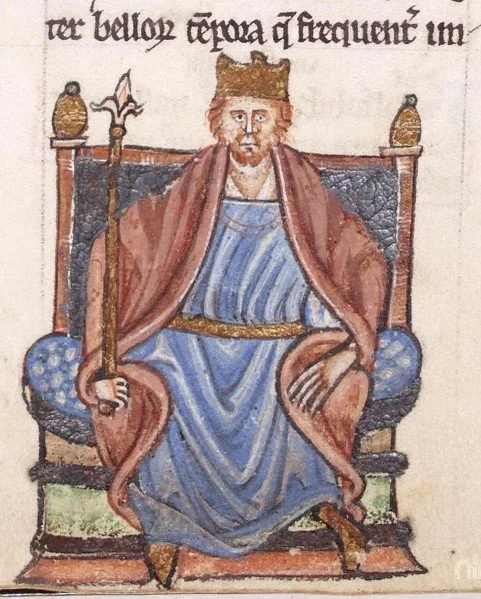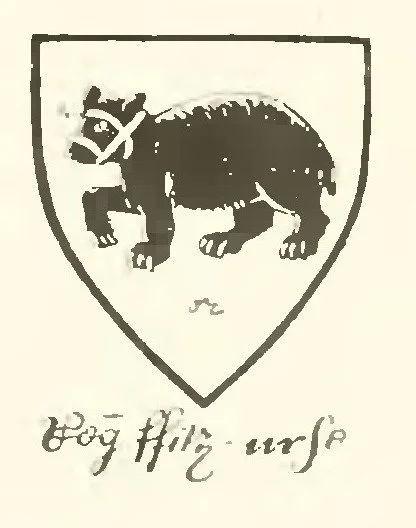Reginald FitzUrse: The Bear Knight Who Slayed a Saint
The Road to the Great Rebellion, Part 5
Murder of Thomas Becket showing FitzUres’s Bear Shield
On 29 December 1170, four armed knights pushed through the freezing rain towards Canterbury Cathedral. Their leader was Reginald FitzUrse, a man whose very name meant “son of the bear.” He would live up to it in every sense: fierce, proud, and dangerously impulsive.
When Thomas Becket fell beneath their swords that night, FitzUrse’s roar echoed through the nave. It was he who first laid hands on the archbishop, striking the blow that turned a quarrel between king and church into one of the most shocking crimes of the Middle Ages.
A Knight of the King’s Household
Little is known of FitzUrse’s early life. He came from a respectable Somerset family, holding lands at Willeton and Barham. Like many younger sons of the gentry, he found advancement in royal service. By the 1160s he was one of Henry II’s household knights—trusted, well-paid, and fiercely loyal to the king who rewarded courage and obedience above all else.
That loyalty, however, would prove fatal.
“Will No One Rid Me of This Turbulent Priest?”
Henry II was furious with Thomas Becket
When Henry’s fury over Becket’s defiance boiled over in late 1170, FitzUrse was among the four who heard—or believed they heard—a royal command to act. Chroniclers differ on the exact words, but FitzUrse seized upon them as licence for vengeance.
He gathered William de Tracy, Hugh de Morville, and Richard de Brito, swore an oath to confront the archbishop, and rode to Canterbury. It was FitzUrse who strode ahead into the cathedral, shouting for Becket to submit. When the archbishop refused, FitzUrse drew his sword and struck first.
The Weight of the Bear
Reginald Fitz Urse shield, "bore, or, a bear passant sable, muzzled argen. by Joseph Foster.
Contemporary writers describe FitzUrse as bold to the point of recklessness. His bear emblem adorned his shield, and later chroniclers saw it as an omen: strength without mercy.
After the killing, the knights fled to Knaresborough Castle in Yorkshire, property of Hugh de Morville, where they sheltered for a year under royal protection.
But the tide of outrage was unstoppable. In 1171 Pope Alexander III excommunicated all four murderers. Facing eternal damnation, they sought penance in Rome and were ordered to fight in the Holy Land for fourteen years.
What Became of FitzUrse?
The records fall silent. Some say he died on crusade, others that he never left England. A 13th-century tradition claims his descendants changed their name to “Bear” or “Ursell” to escape the taint. Whether true or not, FitzUrse vanished from history, leaving only a bloodstained memory and a name that still growls across the centuries.
A Foreshadowing of Rebellion
The murder of Becket did more than shock Christendom. It undermined Henry II’s moral authority, sowing doubts that would soon flower into the Great Rebellion of 1173. Knights like FitzUrse had shown that royal service could turn deadly; that obedience, when twisted by anger, could destroy both subject and sovereign.
Why This Matters for Lady of Lincoln
In my novel Lady of Lincoln, these events echo through the generation that follows. William FitzErneis, whose friendship with Richard de Brito (one of FitzUrse’s companions), through their joint service to King Henry’s brother, links Lincolnshire, and Nicola’s future, to Canterbury’s tragedy. Their legacy is one of loyalty tested to breaking point, and of how violence done in a king’s name can never truly be washed away.
Next in The Road to the Great Rebellion mini-series: William de Tracy: The Penitent Knight of Canterbury.


